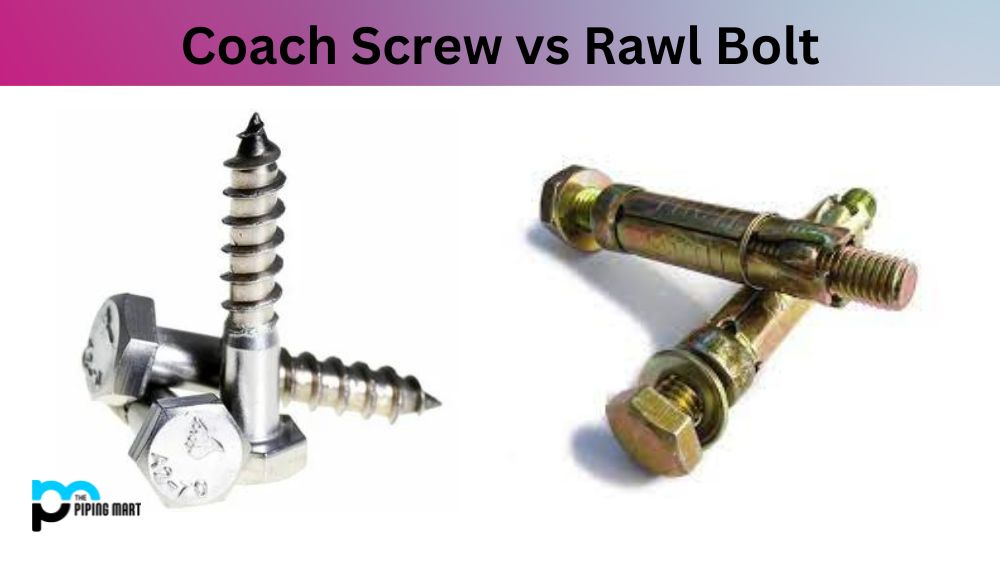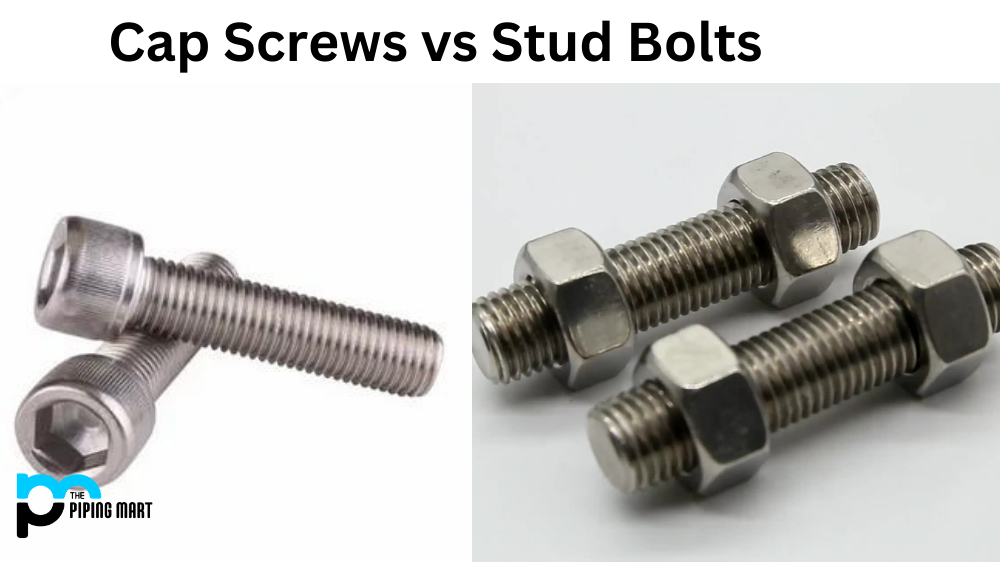Fasteners are essential components in construction and manufacturing industries, and rivets remain a popular fastening solution. Tri-fold rivets stand out among the different types of rivets used for structural applications due to their specific design attributes. Tri-fold rivets offer special features that make them ideal for particular applications. This blog post will delve into the properties of tri-fold rivets, their uses, and practical applications. Keep reading if you’re wondering what tri-fold rivets are and whether they’re the right fastening solution for your needs.
What is Tri-Fold Rivets?
Tri-Fold Rivets are a fastening system which combines the strength of a rivet and the convenience of snap fasteners. They consist of threefold layers that sandwich materials together, providing maximum pull out resistance and sheer strength. Their unique design allows them to be used in almost any material thickness without sacrificing strength or requiring additional holes for installation.
Tri-Fold Rivets Properties:
Tri-fold rivets have a unique design with three contact points on the mandrel, providing a more balanced and secure grip than other rivets. The mandrel is the hollow rivet pin that passes through fastened materials. Tri-fold rivets are made from various materials, including aluminium, stainless steel, and steel. These rivets have high shear and tensile strength and are also resistant to vibration and corrosion. Different materials are selected to suit the project’s needs depending on the application.
Tri-Fold Rivets Uses:
Tri-fold rivets are used for various applications, including attaching sheets, panels, and other materials to metal frames. They are commonly used in the automotive, aerospace, and transportation industries, where fasteners are required to withstand harsh conditions. The tri-fold rivet design provides greater flexibility and strength to support heavy loads and resist vibrations. They are also ideal for applications where other rivets may not fit or hold correctly.
Tri-Fold Rivets Applications:
Tri-fold rivets are used for various applications, including attaching aluminium panels to steel frames, fastening a wide range of plastic, composites, and wood materials, and attaching insulation material to metal surfaces. They can also be used for applications that require a decorative finish or other specific requirements, such as electronics, consumer goods, and plumbing installations. The tri-fold rivet design can accommodate a range of surfaces and material thicknesses, making them versatile and flexible for many applications.
How to Use Tri-Fold Rivets:
Using tri-fold rivets requires specific tools and techniques. A drill or punch creates a hole in the materials to be fastened. The hole should be slightly smaller than the rivet’s diameter, and care must be taken not to damage the surface of the materials. The rivet is inserted into the hole using a gun, and the mandrel is pulled back to compress the rivet’s legs. As the mandrel snaps off at the point of tri-fold, the rivet forms a secure and tight grip around the fastened materials. A nail or punch can help loosen the mandrel if it snaps off inside the rivet before pulling it out.
Conclusion:
Tri-fold rivets offer a viable and secure alternative for fastening materials with high strength and vibration resistance. Their unique design makes them flexible and adaptable to various applications, providing balanced and secure bonding between materials and surfaces. Their high strength, corrosion resistance, and ease of use make them a popular rivet type in the automotive, aerospace, and manufacturing industries. Whether you’re an engineer or DIY enthusiast, upgrading to tri-fold rivets offers a reliable and efficient fastening solution.

Meet Bhavesh, a seasoned blogger with a wealth of knowledge and experience. From metal products manufacturing to retail, Bhavesh has a diverse background in various industries and is dedicated to sharing his insights and expertise with readers.




